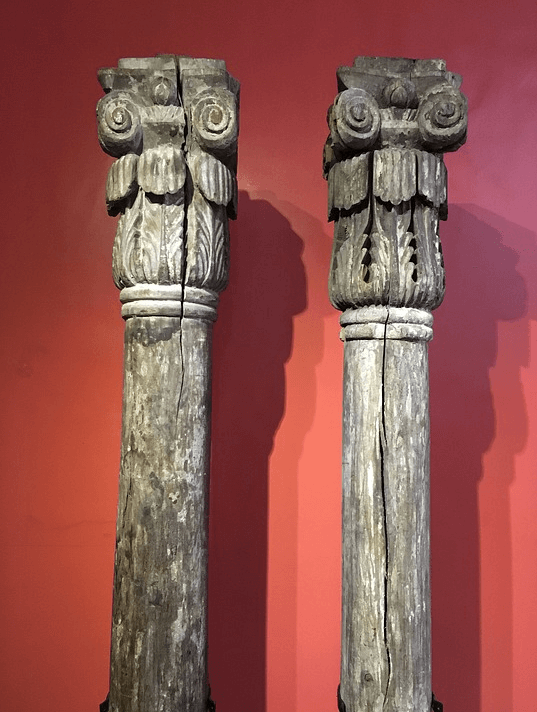Cultural tourism National park Kornati Islands
Cultural tourism and cultural experiences attract travelers searching for authentic cultural attractions, heritage sites, museums, and unique cultural tours. With the option of online booking, visitors can easily plan journeys full of art, history, and local traditions. Discover fascinating stories, explore crafts, and connect with diverse cultures through guided tours, exhibitions, and workshops. Whether you seek inspiration, education, or unforgettable memories, cultural tourism offers enriching adventures for every traveler. Start your cultural travel today and unlock a world of timeless beauty and creativity.
Cultural tourism National park Kornati Islands FAQ
The National Park Kornati is made up of a group of 89 islands, islets and cliffs which stretch along the south western coastline of the island Pasman, in between Dugi otok and Zirja. It spreads over a surface of 220m2 and declared a national park in 1980 due to its unique shape and beauty.
The park was named after the largest island, Kornati (32,6m2), and the name Kornati most likely came from the Latin name corrimare which means scattered islands. The larger islands in the group are Sit, Zut, Jadra, Kurba, Vela, Levrnaka, Piskera, and Lavsa.
The numbers of inlets serve as shelter to fishing boats and sailboats during bad weather. It is more or less bare rocky ground but in its basins olive trees, fig trees and grape vines thrive. A larger part of the islands are possessed by the Murterana and Saljana, they do not have any towns or inhabitants.
Due to the Park's indented ness, large number of inlets, clear-blue sea, and sea life, Kornate is a haven for nautical tourism and, in some parts...
Tourist offers National park Kornati Islands
Gastronomy National park Kornati Islands
Health Tourism National park Kornati Islands
Active Tourism National park Kornati Islands
Culture Tourism National park Kornati Islands
Nightlife National park Kornati Islands
Transfers National park Kornati Islands
Events and entertainment National park Kornati Islands
Excursions National park Kornati Islands
Hotels in National park Kornati Islands
Private accommodations in National park Kornati Islands
Tourist resorts in National park Kornati Islands
Holiday houses in National park Kornati Islands
Villas with Pool in National park Kornati Islands
Camps, mobile homes in National park Kornati Islands
Boat rental in National park Kornati Islands
Farm holidays in National park Kornati Islands
Hostel in National park Kornati Islands
Cultural tourism National park Kornati Islands Offer





















 Professional serivce
Professional serivce Quality tourist service
Quality tourist service 14 years in business
14 years in business A large number of satisfied guests
A large number of satisfied guests